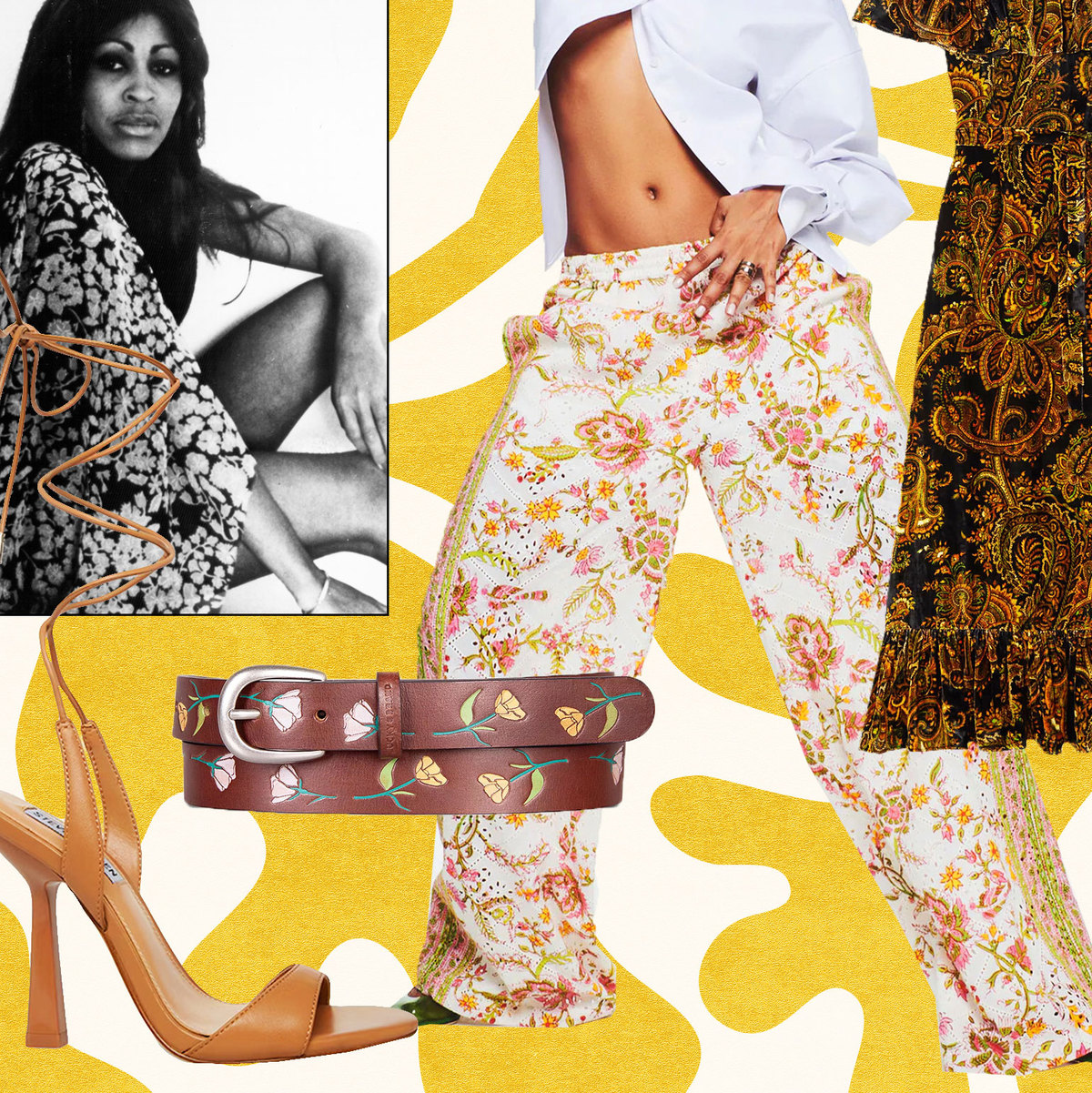
Spring and summer fashion has always been rife with floral patterns, wide-brim straw hats, loose silhouettes, and long, tiered maxi dresses and skirts. These styles are brought forth by the nature of the season: When it's hot outside, you'll opt for shade from the sun and for light, airy fabrics, while the sight of blossoming flowers inspires one to don prints that mirror the landscape. However, every few years, these styles take up even more space than usual on runways, magazine pages, social media posts, and fashion mood boards, leading experts to signal the return of the boho trend.
This year, the trend was kickstarted by Daisy Jones and the Six, the limited series based on Taylor Jenkins Reid's bestselling novel about a fictional band from the 1970s. While the show's plot and music, of course, took center stage, its fashion also become a point of universal obsession, fueled by lead actress Riley Keogh's highly publicized partnership with famously boho brand Free People.
But what are the origins of the boho trend, and where did it get its name?
The History of the Boho Trend
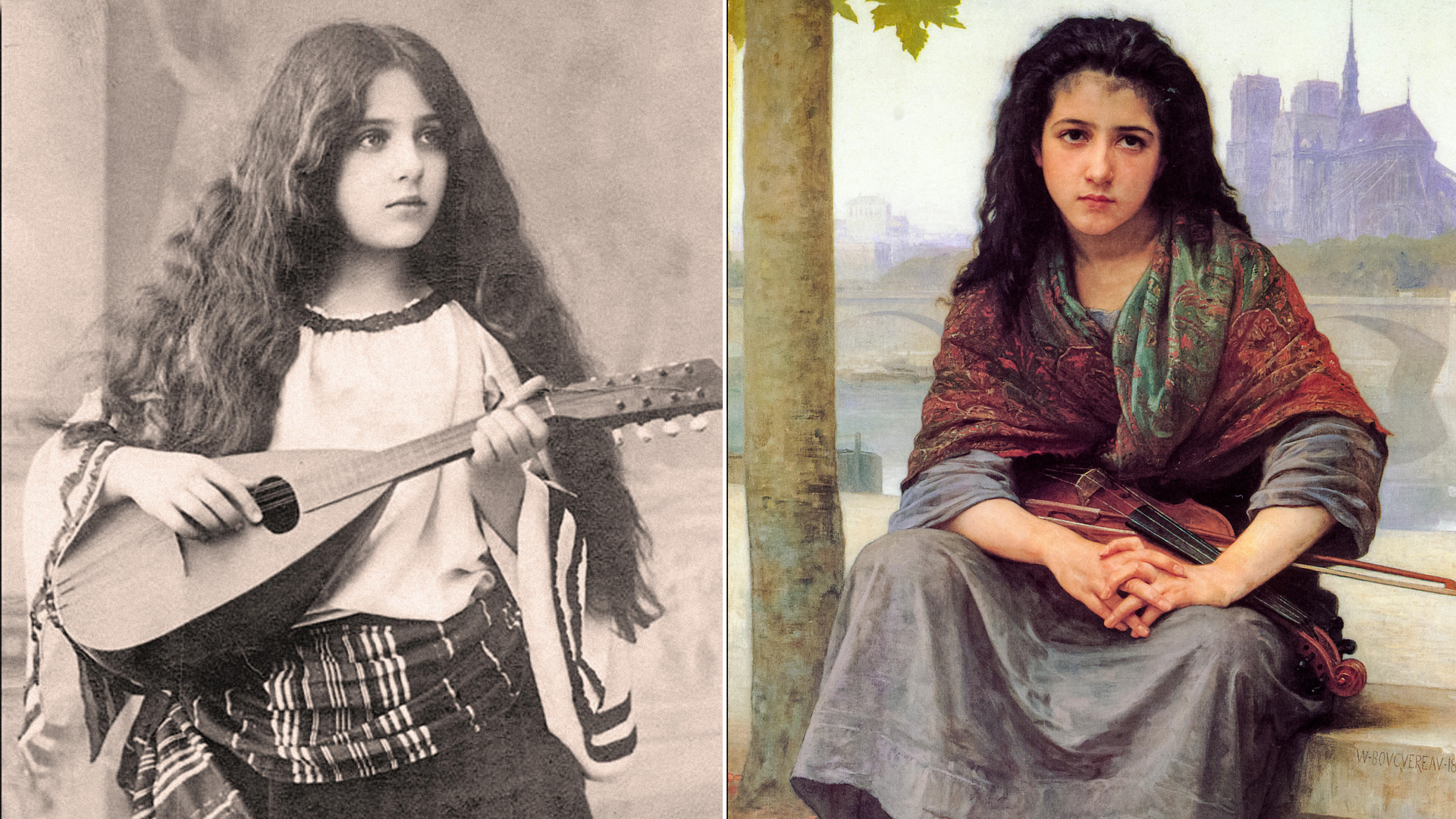
Boho is short for bohemian, a term derived from the French bohémien, which originally referred to the nomadic people believed to have come from Bohemia (now part of the Czech Republic). In practice, bohemian soon came to refer to all nomadic peoples, including the Romani, and eventually evolved to include free-spirited artistic populations. This particularly applied to those living in Paris' Latin Quarter during the mid to late 1800s, a community immortalized in Henri Murger's Scenes of Bohemian Life, which inspired Giacomo Puccini's opera La Bohème and, more recently, Jonathan Larson's groundbreaking musical RENT.
As bohemianism became associated with creativity, free-spiritedness, and a nomadic lifestyle, it also brought to mind a certain fashion aesthetic: eclecticism, patchwork quilting, and long, flowing pieces. This look was adopted by the American hippie movement of the 1960s and 1970s, whose adherents added East Asian, Southeast Asian, and Middle Eastern inspired elements to boho fashion, such as elephant patterns, harem pants, tie dye, and paisley.
Nandita Raipurani, co-founder of boho brand Hemant and Nandita, acknowledges boho style's nomadic origins and summarizes, "Bohemian dressing has since evolved into a modern dressing movement where eclectic, flowing ensembles come to life with ease."
And this ethos, she says, is easy to incorporate into everyday dressing. "Perfect for everyday and festival dressing alike, a bohemian way of life keeps things simple—attention to detail and craftsmanship at the forefront," she says—a quality that boho dressing shares with other anti-trend trends like quiet luxury.
Below, the defining characteristics of boho fashion, so you can indulge in the trend that keeps coming back.
Airy Boho Silhouettes
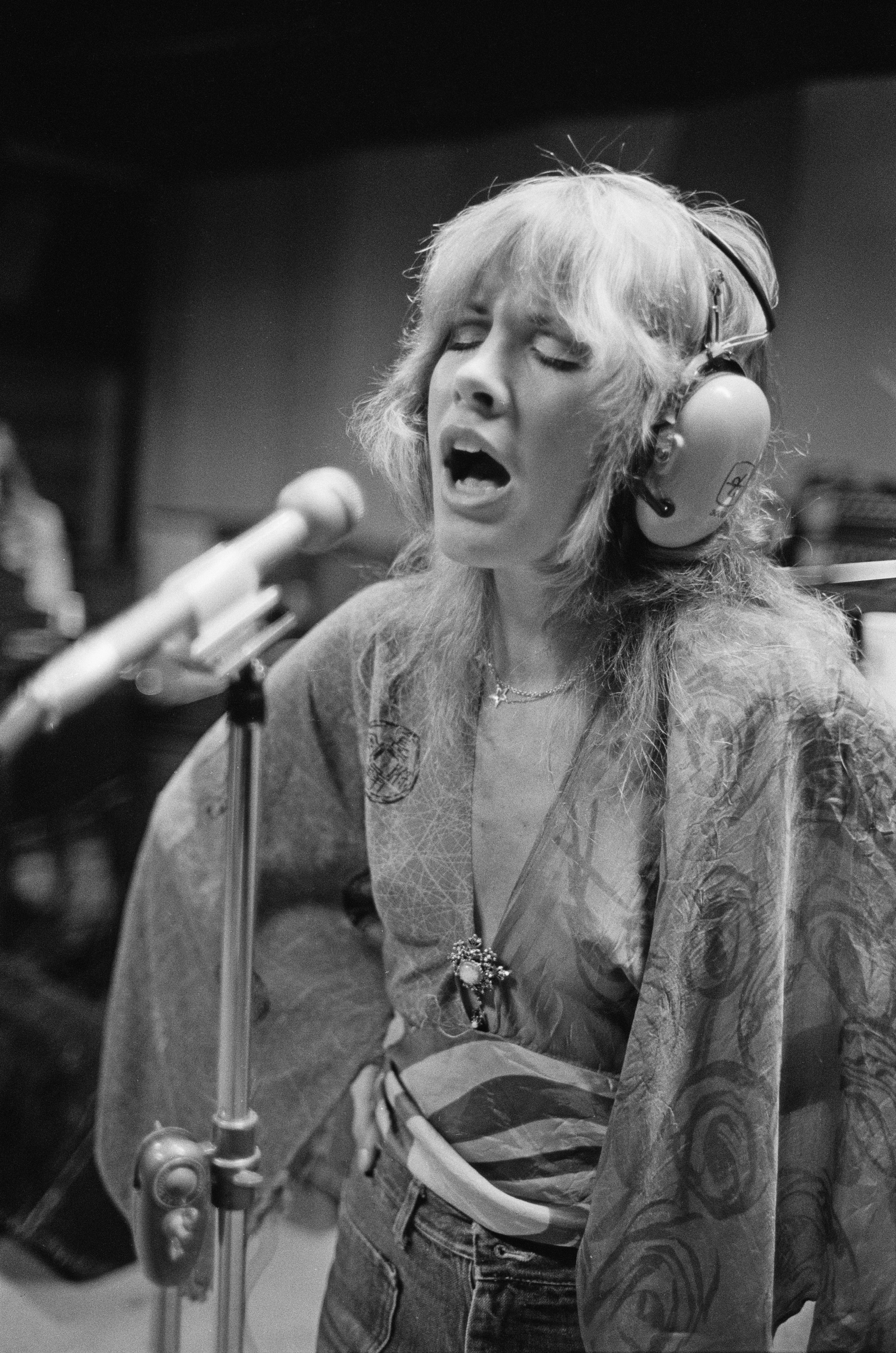
"When I think of boho fashion, my mind goes directly to relaxed, easy-to-wear silhouettes," explains Raipurani. "Embodying the free-spirited mindset, designs take the form of the wearer, embracing an unconventional yet feminine approach to style." Think: soft, comfortable pieces that can be worn loose or can be rendered form-fitting with a belt or with tie-back detailing. Bohemian fashion tends not to be tight all-over (or at all), and more frequently cascades down one's body—a quality that's perfect for staying cool in the heat.
Classic Boho Patterns
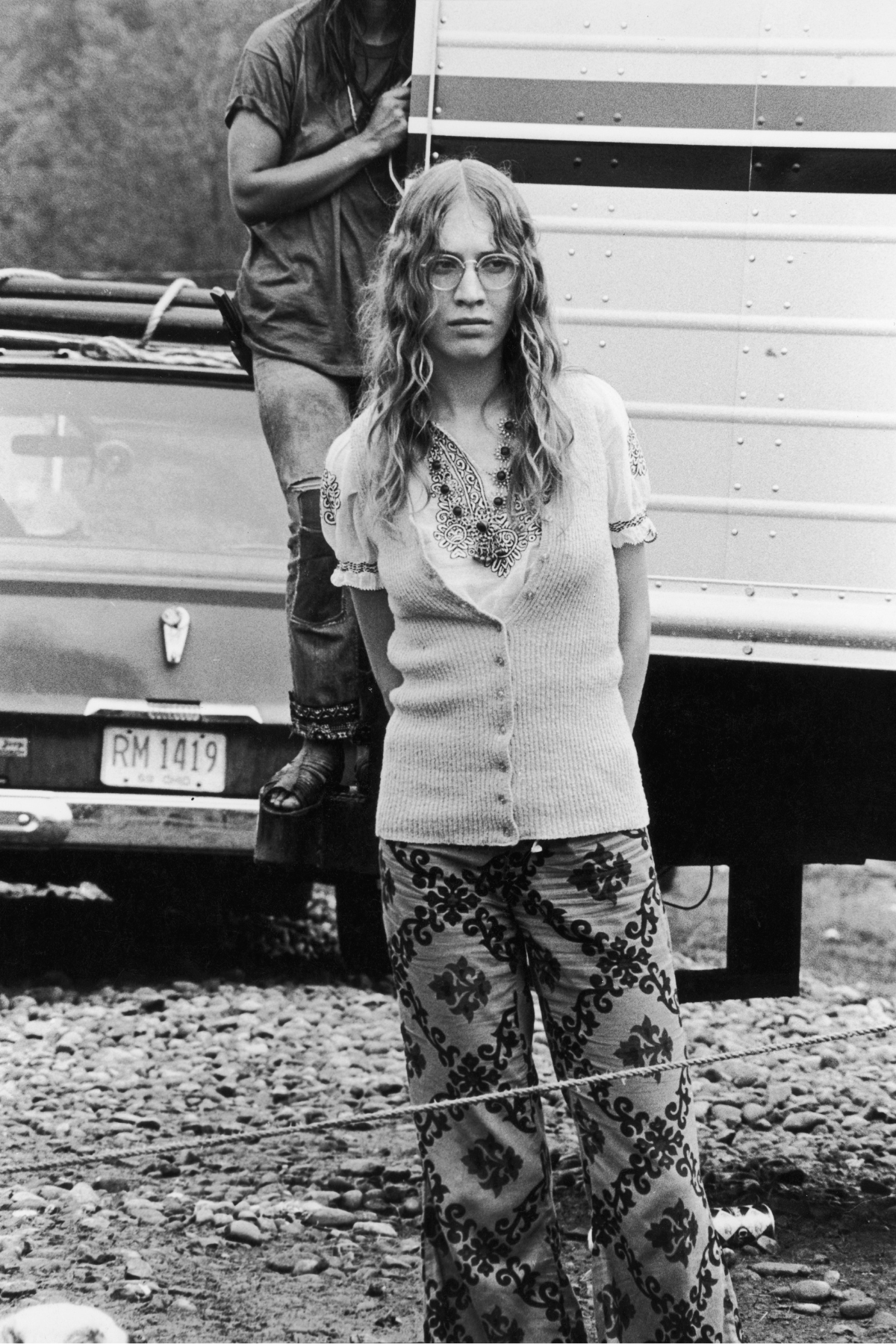
"An ample use of bold florals and natural prints are reminiscent of the boho aesthetic," says Raipurani. "Think: motifs that are inspired by the earth around us." This includes florals, leaf prints, and paisley, often printed over and over on the fabric itself or even embroidered onto it. Boho fashion can also incorporate patchwork-style patterns—a quality that nods to the trend's starving artist and hippie heritage.
Subtle Boho Details
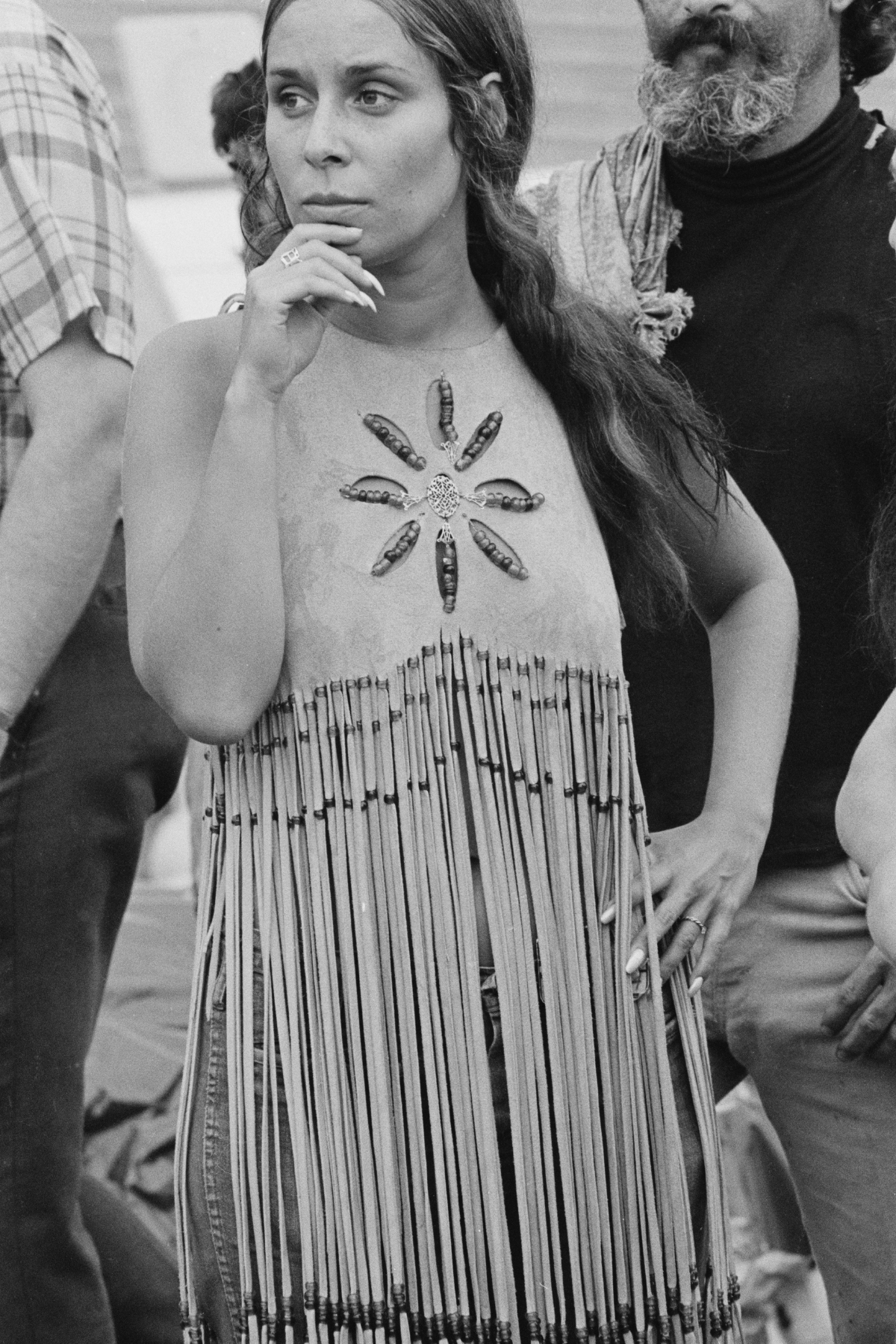
As with all fashion, the devil (or in this case, the bohemian) is truly in the details. If you're not ready to commit to paisley, tie-dye, or elephant print, consider the subtler, more universally wearable aspects of the trend. Raipurani reminds us that boho fashion is "typically accented by light ruffling, fringe, and rope details," noting that "breezy silhouettes are brought to life by handcrafted details and punchy pops of color."
Unique Boho Accessories
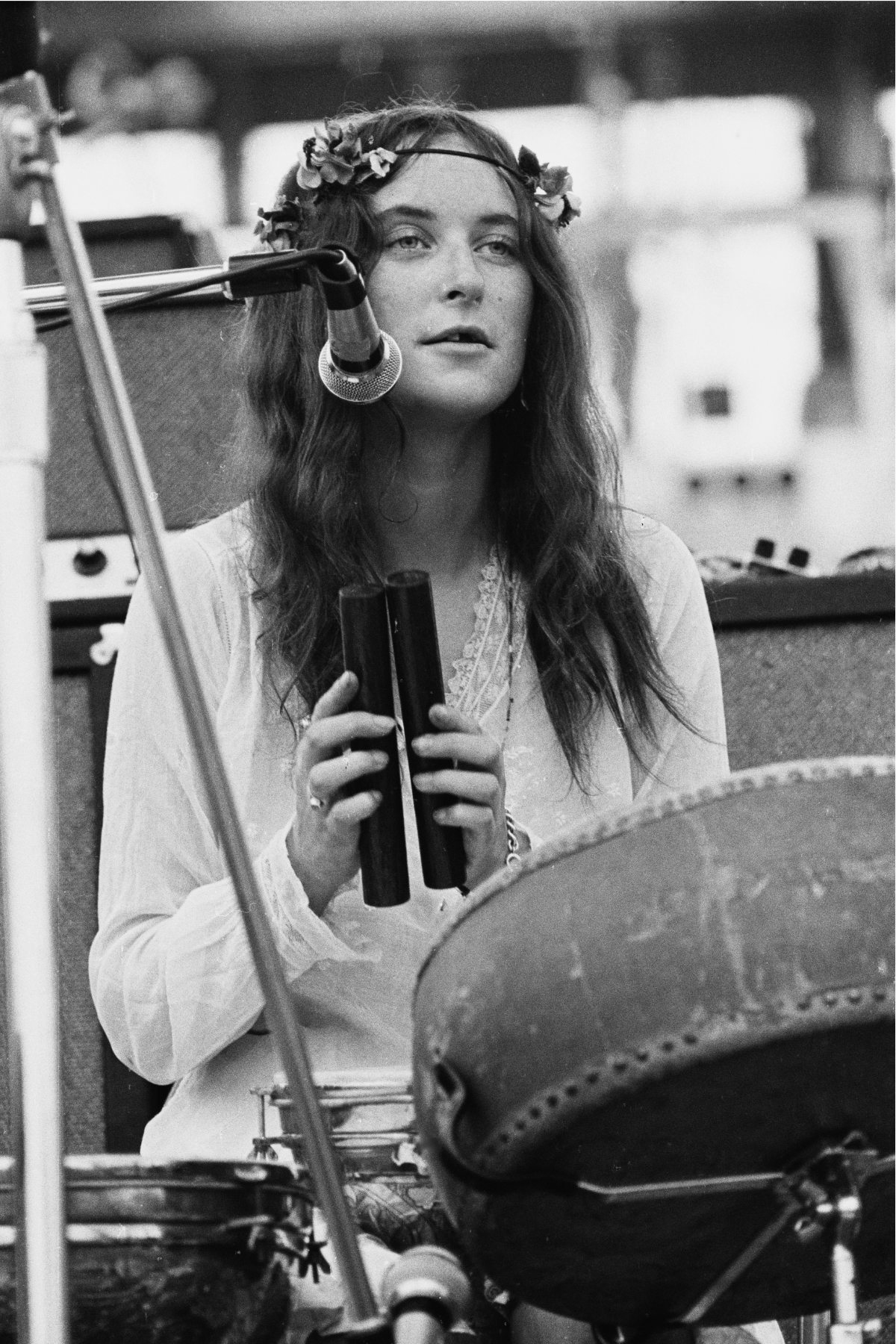
The boho trend can be worn all year round, but many of its elements—especially its accessories—shine brightest in the summer. According to Raipurani, boho fashion is "best accessorized with wide brim hats, straw totes, luxe leather belts, and stacks of beaded bracelets." These accessories can also be worn with other styles and trends, and are therefore excellent investment pieces that deserve a permanent spot in your capsule wardrobe.
Styling Boho Fashion
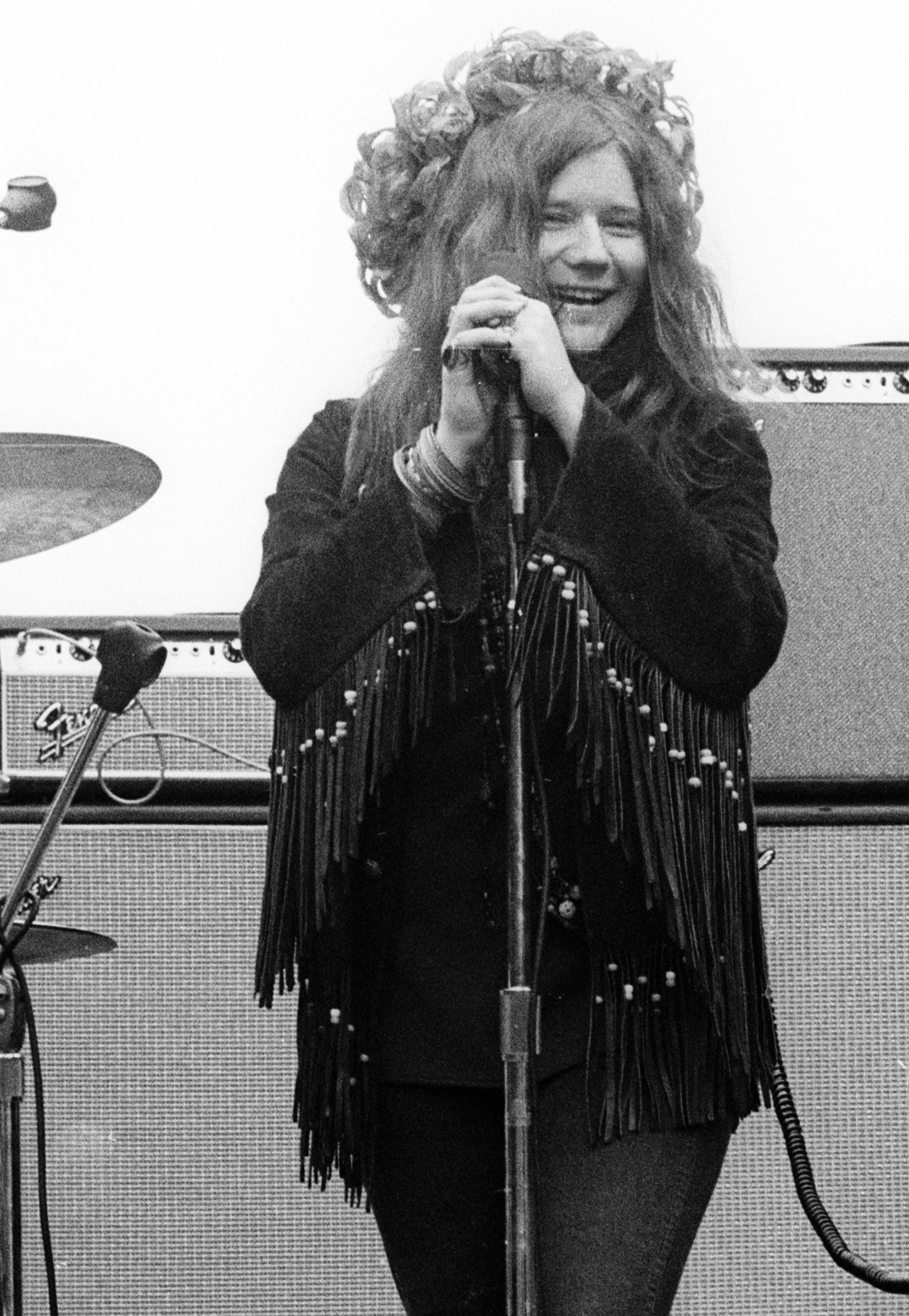
Loving boho fashion doesn't necessarily involve dressing like you're headed to Woodstock. Raipurani reassures, "Boho pieces lend themselves to a variety of different styling options," noting that the bohemianism "represents a style that is unique to one’s personality—uninfluenced by traditional industry trends." In other words, the best way to be bohemian is simply to be yourself.
When styling your boho clothes, Raipurani suggests, "Dress them up with your favorite sneakers, or opt for a lace-up heel for a more elevated moment." You can also offset flowy silhouettes with more structured, boxy shapes, and colorful floral patterns with darker, solid shades.







